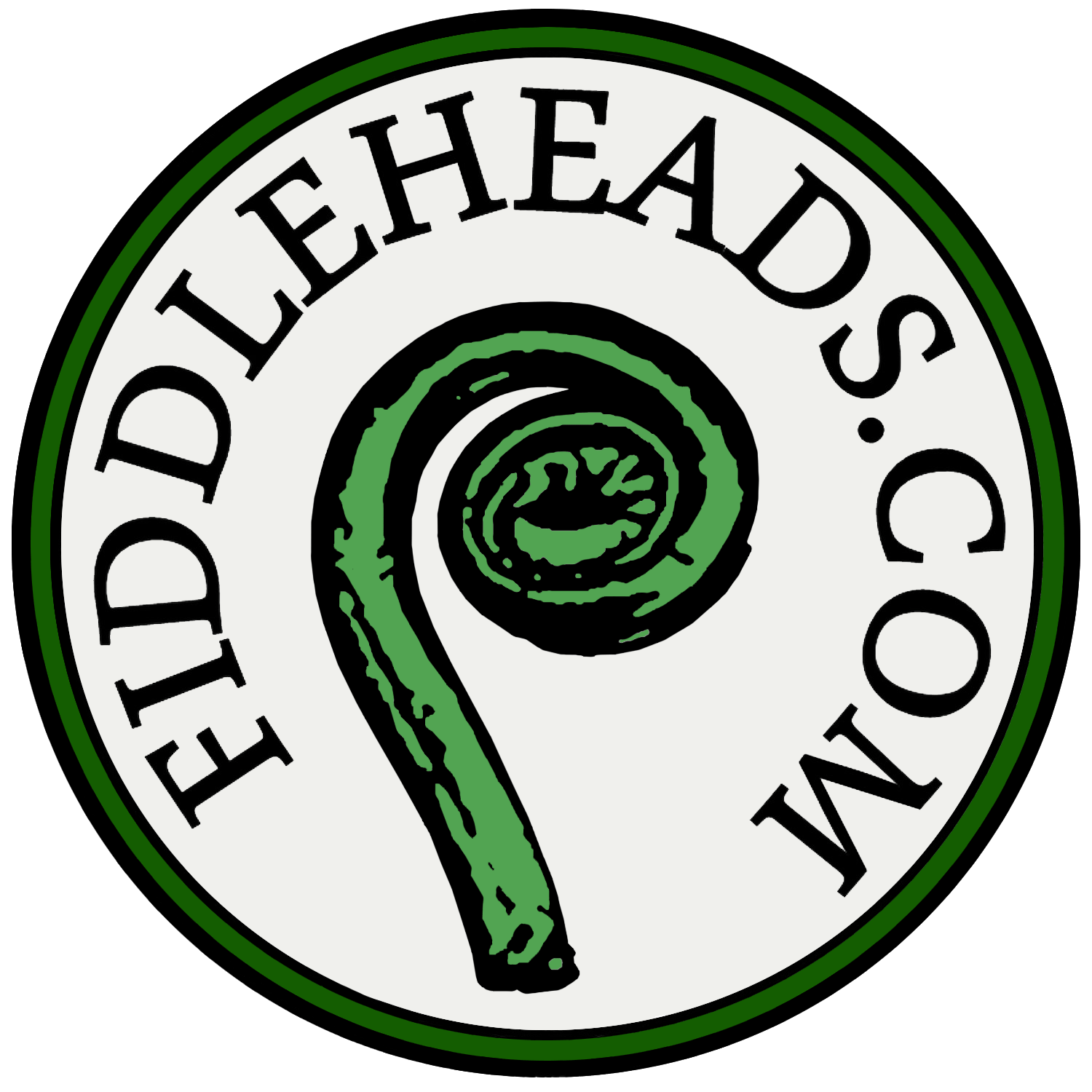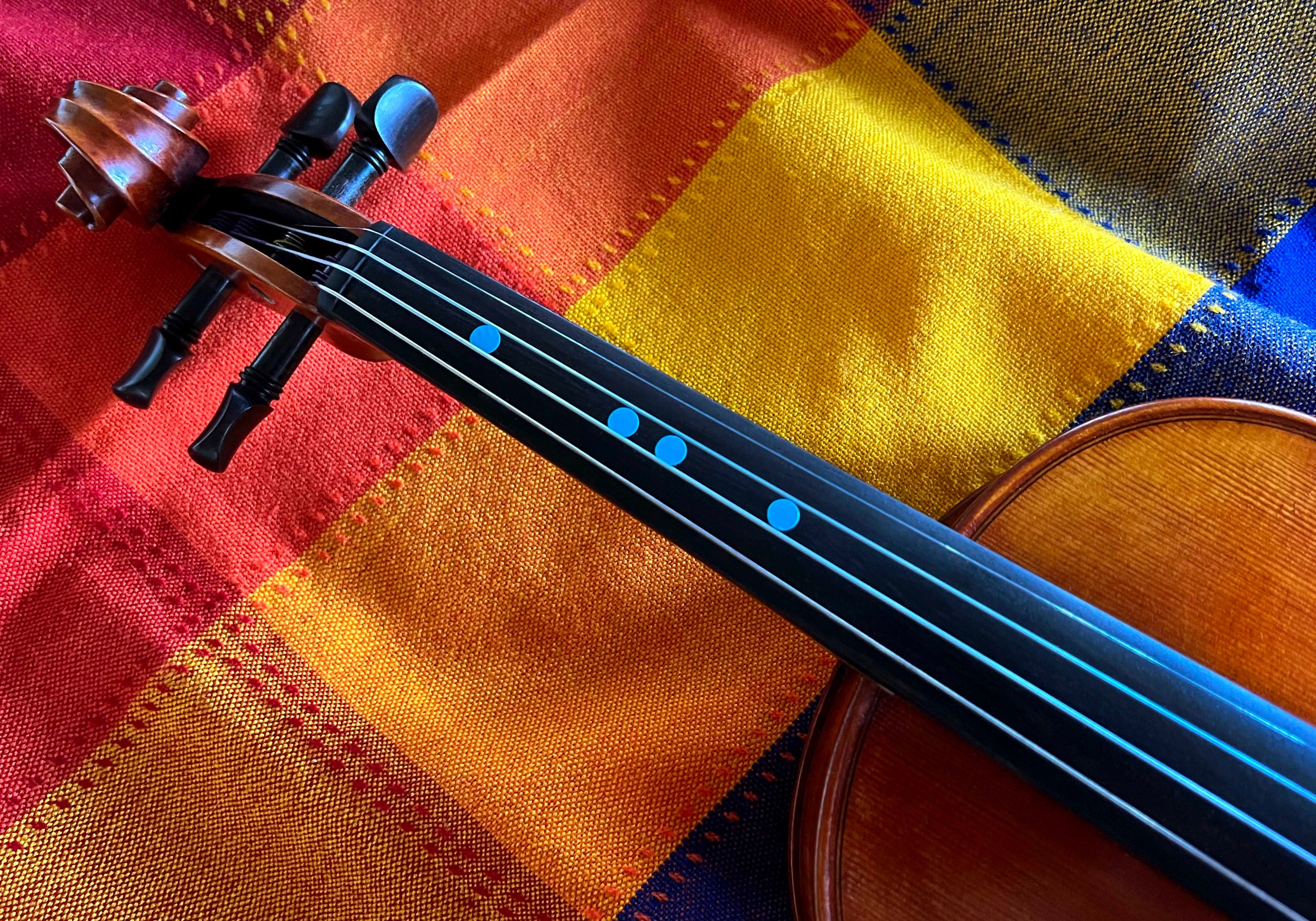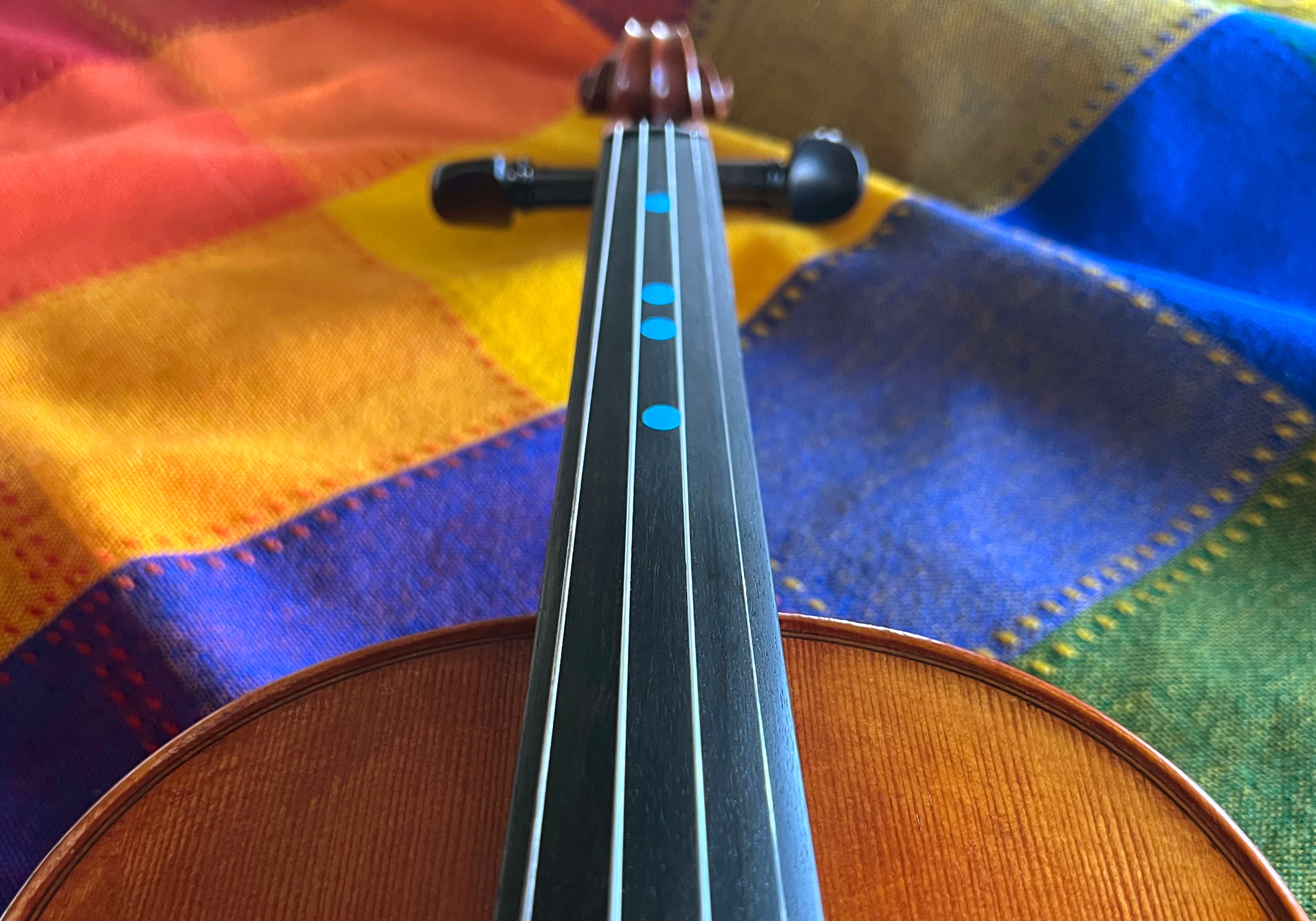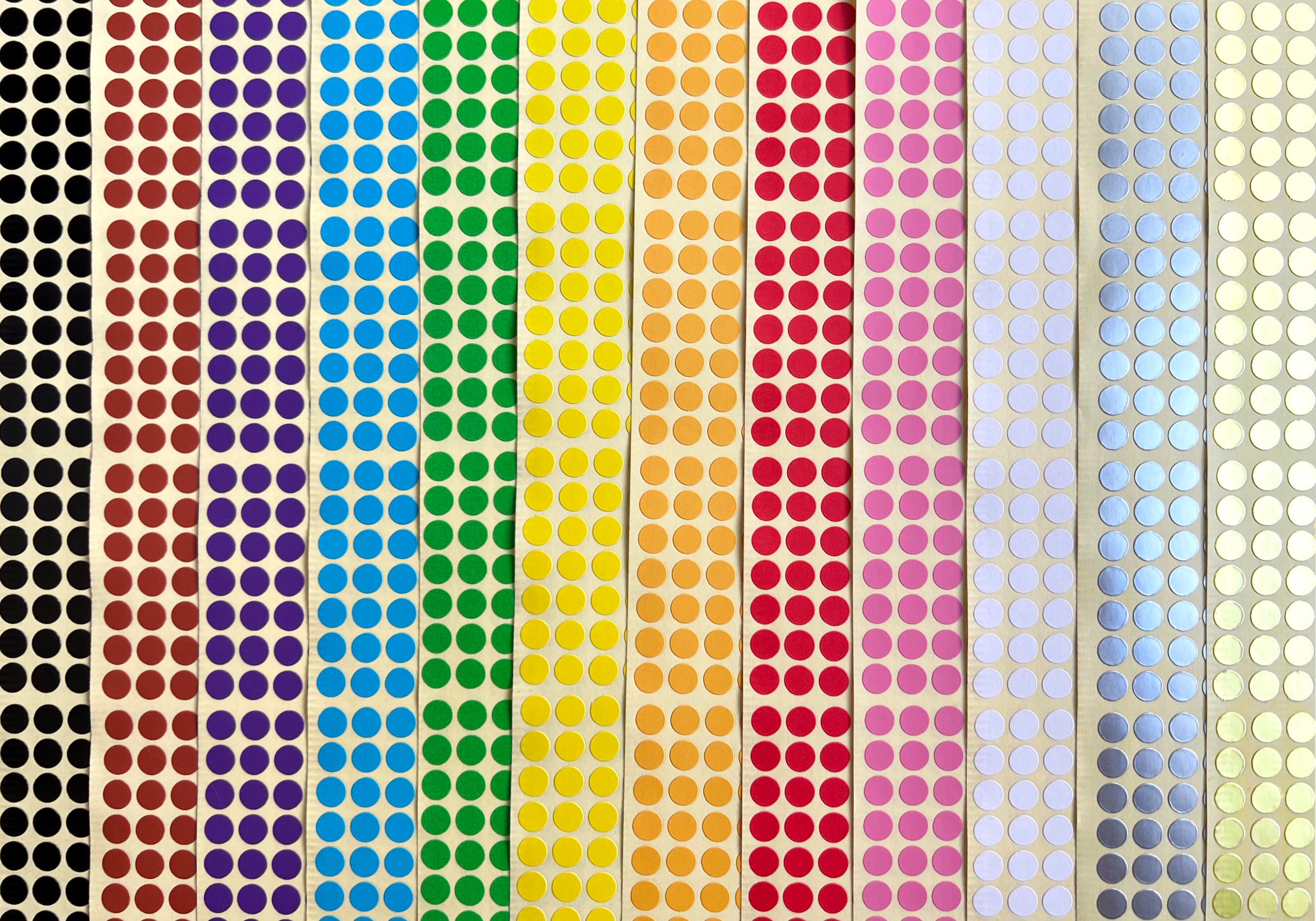Fiddleheads' Fingering Dots for New Players
Fiddleheads' Fingering Dots for New Players
A Clever Teaching Aid that Helped My Students for Decades
Don't Fret
Some stringed instruments (such as guitar) have frets, which are thin horizontal metal bars that space out the semi-tones up the neck. Frets on the guitar allow the player a forgiving range of where the player can place their fingers without worrying about being out of tune. It's kind of an ancient auto-tune for these instruments.
The violin family of stringed instruments do not (traditionally) have frets. Without getting into a lot of details around the harmonic series, vibrating string length, overall scale, and other factors, there are good reasons why this is the case.
Despite the intonation (the art of playing "in-tune") being far more difficult to master on the violin than many other instruments, there are many various techniques and benefits to playing without frets. Fretless instruments allow for more nuanced expression and a wide variety of sounds and effects. It also makes the violin appropriate for playing music from other cultures that do not use the Western 12-note scale based on semi-tones (the black and white keys on a piano).
Allow me to "geek-out" for a moment: My favourite part of playing a non-fretted instrument is that it allows for "tastier" sounding temperament depending on the key. For example, an F-sharp is even more sharp in G major than it is in E major because, being the 7th degree of the G scale, F-sharp sounds best when it is reaching higher to be closer to the root or tonic "G."
I find playing my grand piano frustrating in how I cannot change the temperament (tuning) of an acoustic piano on the fly, but I can sure do this on my violin!
Starting out on the violin takes time to learn the proper finger placement to master intonation (playing in-tune). This is where having some kind of markings on the fingerboard is helpful for beginners or players who struggle with intonation overall.
Follow the Dotted Line
For over 20 years I installed four small 1/4-inch round stickers indicating a basic fingering layout on my beginner students' violins. It helped players learn finger placement and to train their muscle memory to play in tune.
These "dots" are small and easy to remove. I really don't recommend "fretted" stickers that cover the entire fingerboard because those tend to rub against the strings (especially the thin E-string) and make for some really nasty sounds. The larger stickers and tape wrapped around the neck also leave a nasty residue that can actually damage the finish of your instrument and are difficult to remove.
My dots don't rub against strings and they don't leave a mess or cause damage.
They are also not as easy to see at a glance, but this is a good thing! With the dots the player is less likely to totally rely on them, staring at the fingerboard instead of the music. Players using dots are more likely to listen and feel their way through playing as we all learn to do with practice.
Introducing a Helpful New Service
As a service to my shop clients I am now offering installation of these small stickers for many of my violins and violas for sale for a modest installation fee. I only charge a fee because I do these myself and such orders take longer to pack up and ship on busy shipping days.
The 1/4-inch dots are available in several colours from which you can choose (select a darker colour for a more discreet look, you will be able to see it from the player's close-up perspective). They will surely make the first few weeks playing that much easier as the player gets started on a new instrument or adjusts to a larger size.
Do note the stickers wear out with use, but it gets a new player a great start. Think of them as bicycle training wheels you don't need once you get a hang of things. After these ones inevitably fade and fall off you can try to go without your dots moving forward.
If you find you still need them, you can replace them with more 1/4-inch stickers from an office supply store and even adjust the location for new finger placement or higher positions on the fingerboard.
As far as I understand, mine is the first violin shop to offer this beneficial service and I hope this new add-on option makes getting started far more enjoyable for players and their families.
[On a similar topic, Fiddleheads also provides complimentary Housemate Helper Earplugs with all student violins for first-time players.]
Thanks for your interest!

Rhiannon Nachbaur, Fiddleheads' Owner
-
 Fiddleheads Sun VN-101 Student Violin - Most Sizeswas USD$1,200.00 Special Price USD$498.00
Fiddleheads Sun VN-101 Student Violin - Most Sizeswas USD$1,200.00 Special Price USD$498.00 -
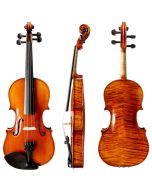 Fiddleheads Sun VN-102 Intermediate Violin - Most Sizeswas USD$1,700.00 Special Price USD$758.00
Fiddleheads Sun VN-102 Intermediate Violin - Most Sizeswas USD$1,700.00 Special Price USD$758.00 -
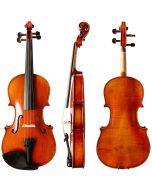 Fiddleheads Sun VN-100 Student Violin - All Sizeswas USD$750.00 Special Price USD$298.00
Fiddleheads Sun VN-100 Student Violin - All Sizeswas USD$750.00 Special Price USD$298.00 -
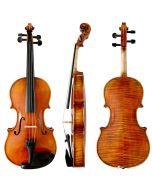 Fiddleheads Sun VN-102L Intermediate Violin (Custom Left-Handed)was USD$2,000.00 Special Price USD$968.00
Fiddleheads Sun VN-102L Intermediate Violin (Custom Left-Handed)was USD$2,000.00 Special Price USD$968.00 -
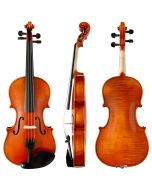 Fiddleheads Sun VN-100L Student Violin (Custom Left-Handed)was USD$900.00 Special Price USD$428.00
Fiddleheads Sun VN-100L Student Violin (Custom Left-Handed)was USD$900.00 Special Price USD$428.00 -
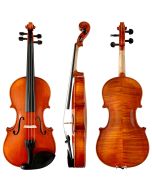 Fiddleheads Sun VN-101L Student Violin (Custom Left-Handed)was USD$1,500.00 Special Price USD$678.00
Fiddleheads Sun VN-101L Student Violin (Custom Left-Handed)was USD$1,500.00 Special Price USD$678.00 -
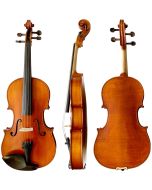 Fiddleheads Sun VA-200 Student Viola - Various sizeswas USD$1,000.00 Special Price USD$549.00
Fiddleheads Sun VA-200 Student Viola - Various sizeswas USD$1,000.00 Special Price USD$549.00 -
 Fiddleheads Sun VA-202 Student Viola - Various sizeswas USD$1,900.00 Special Price USD$1,188.00
Fiddleheads Sun VA-202 Student Viola - Various sizeswas USD$1,900.00 Special Price USD$1,188.00
-
SOLD - Moneff 2024-1 Image Gallery
April 17, 2024
-
SOLD - Rose Valley 2021-3 Image Gallery
 March 25, 2024
March 25, 2024 -
Should I Worry About Dryness Affecting My Violin?
 February 2, 2024
February 2, 2024 -
SOLD - Kowalski 2024-1 Guarneri "Del Gesu" Image Gallery
January 1, 2024
-
SOLD - Kowalski 2023-1 Guarneri "Carrodus" Image Gallery
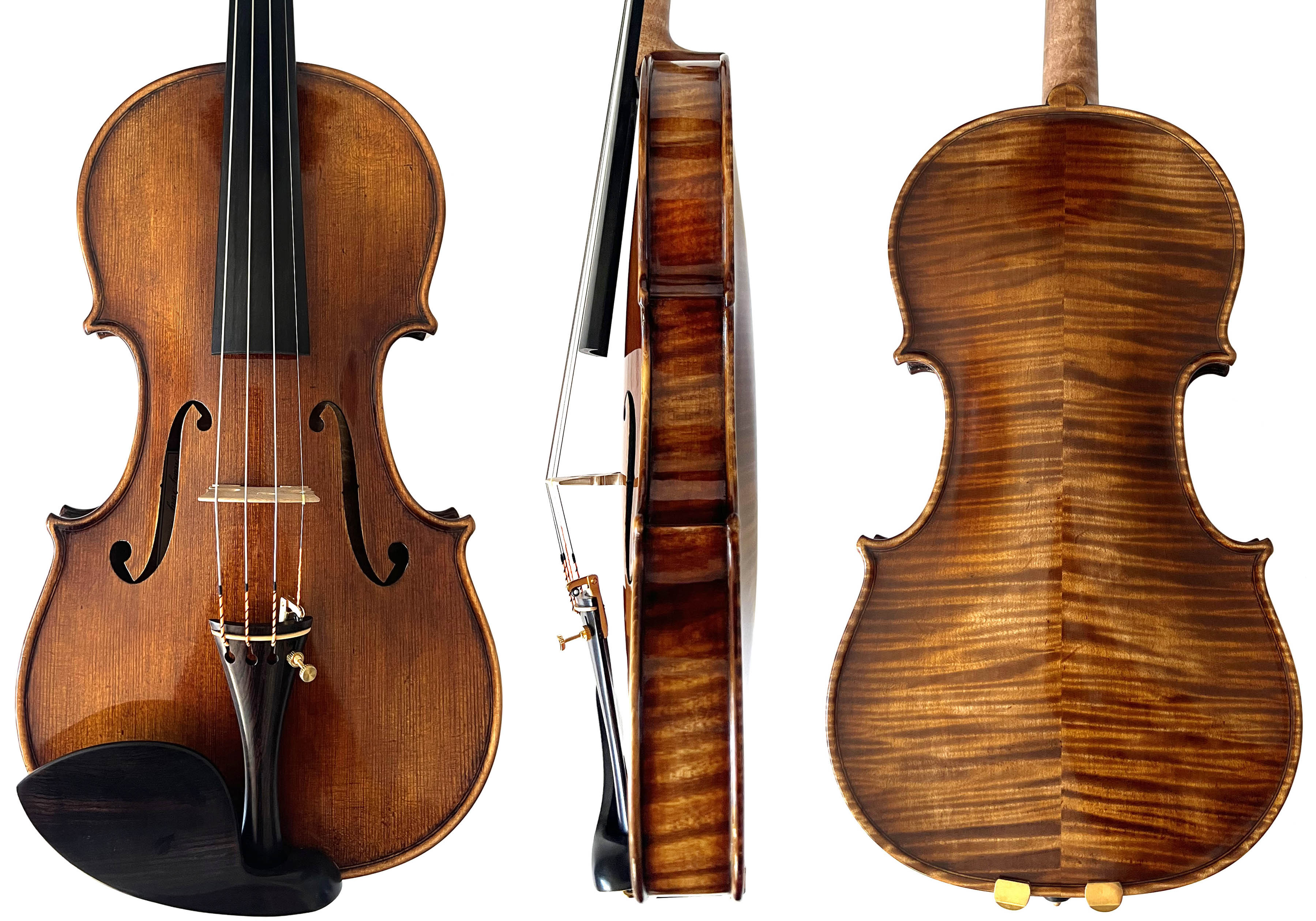 December 16, 2023
December 16, 2023 -
SOLD - Moneff 2023-2 Image Gallery
 November 11, 2023
November 11, 2023 -
Charmed, I'm Sure
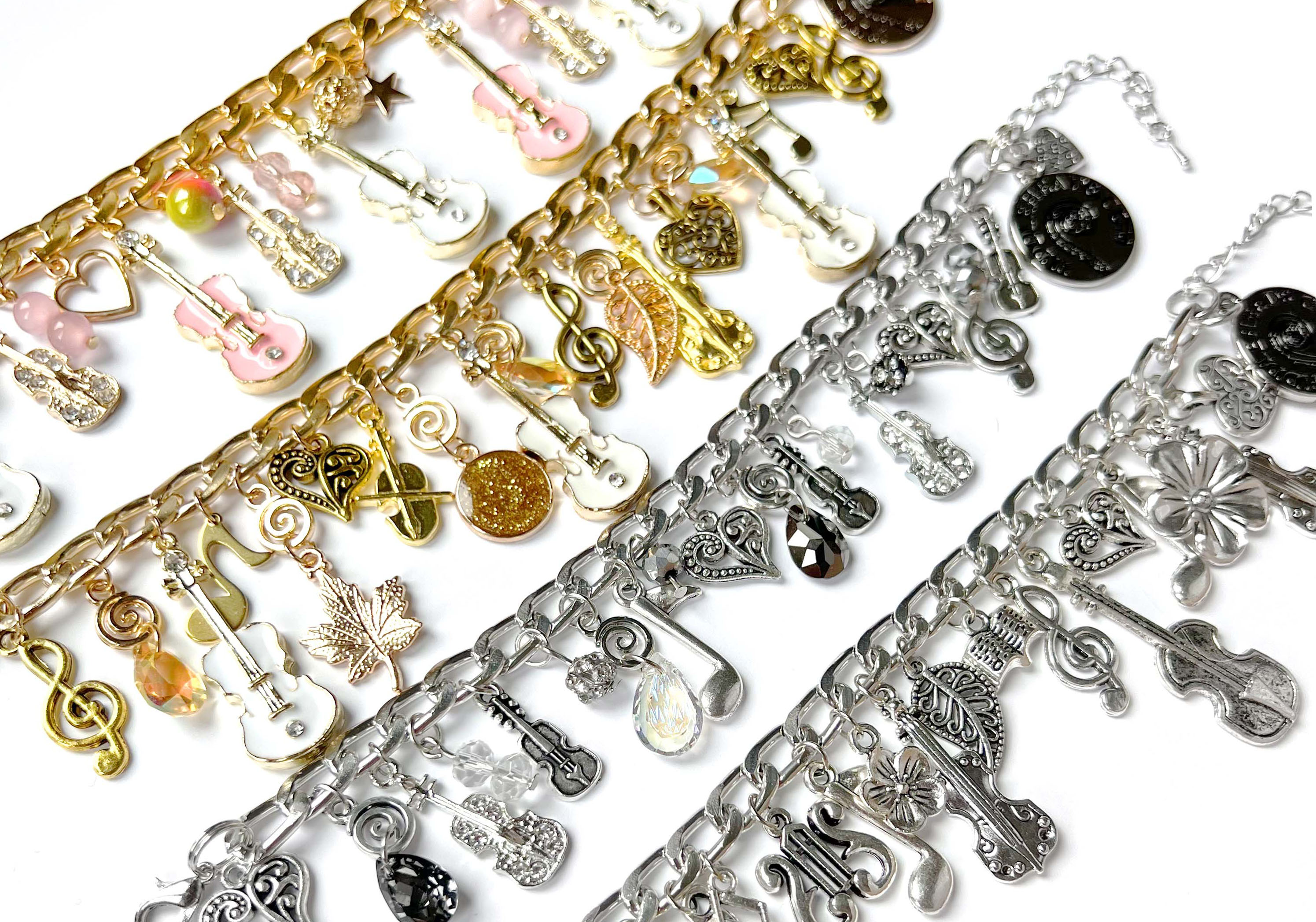 September 22, 2023
September 22, 2023 -
New Models Grace the Bellissima Lineup
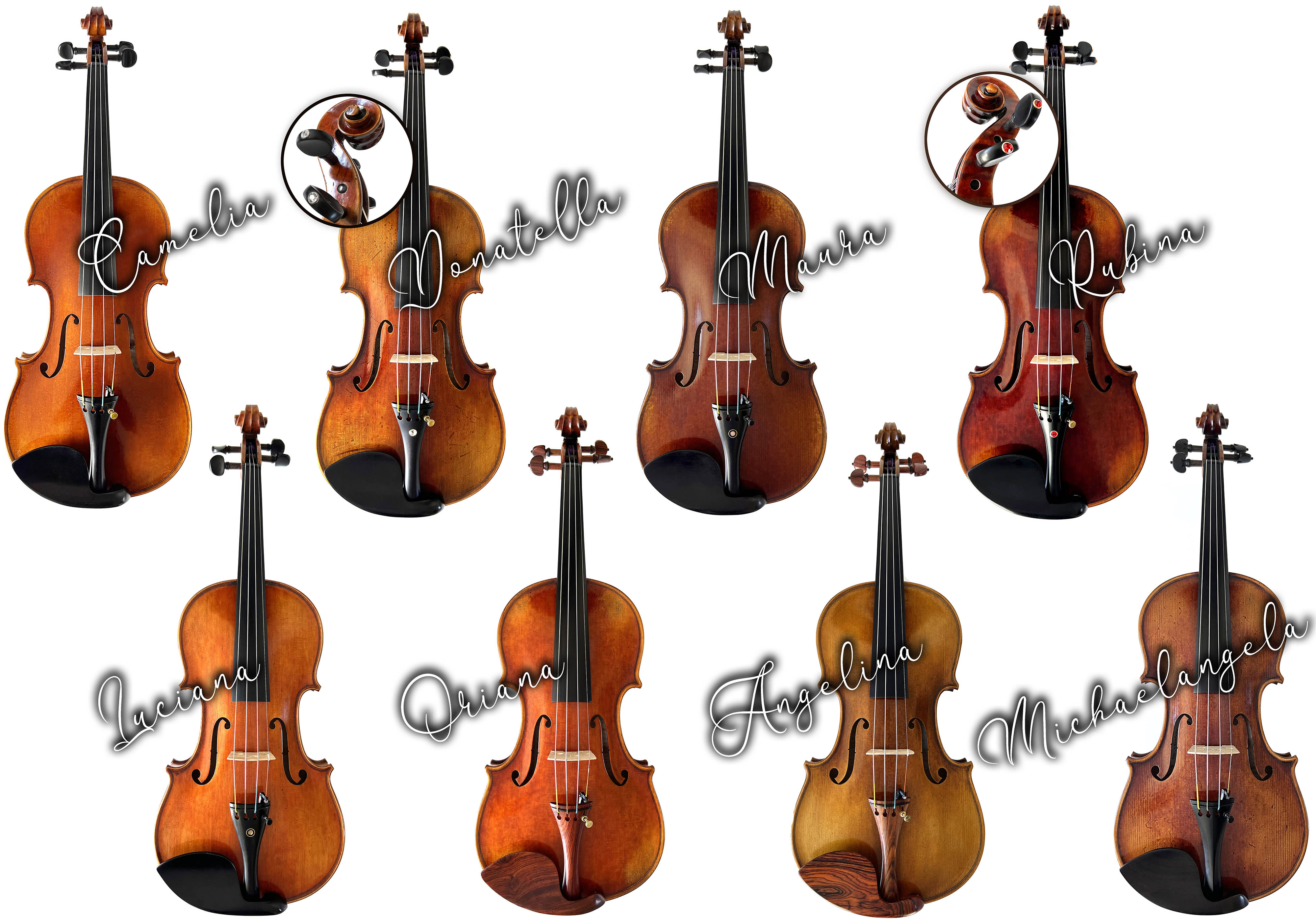 August 10, 2023
August 10, 2023 -
My Customer-Focused Business Runs on RI, "Rhiannon Intelligence"
 July 27, 2023
July 27, 2023 -
SOLD - Kowalski 2021 Goffriller Image Gallery
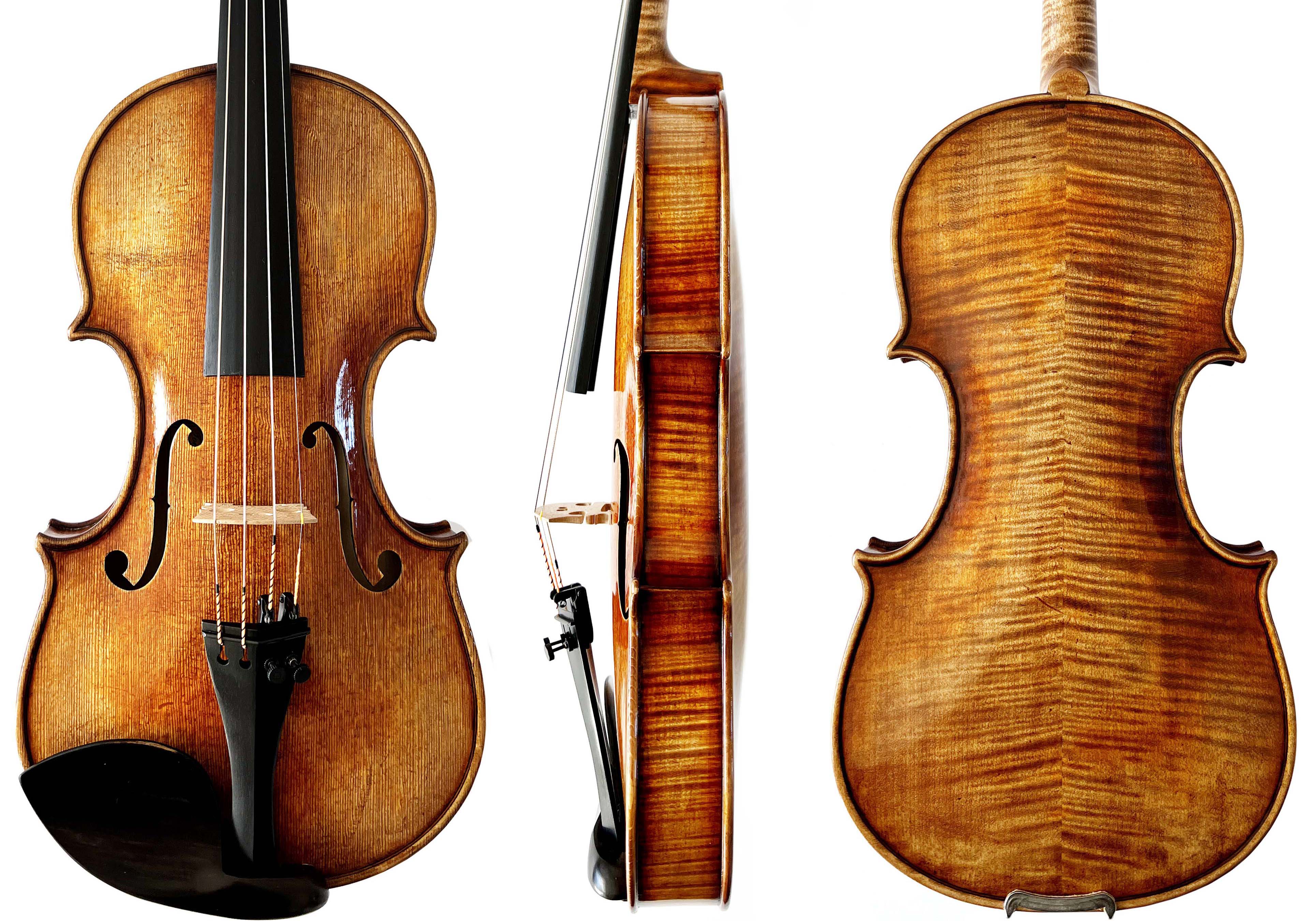 July 27, 2023
July 27, 2023
-
Match-Making: My Experience as the Violin Cupid
 July 13, 2022
July 13, 2022 -
The Dark Side of the Violin Trade: Crooked Luthiers, Greedy Salesmen & Other Creepy Creatures Exposed
 April 16, 2021
April 16, 2021 -
Makers & Models / Strads & Guarneris - What's the Difference?
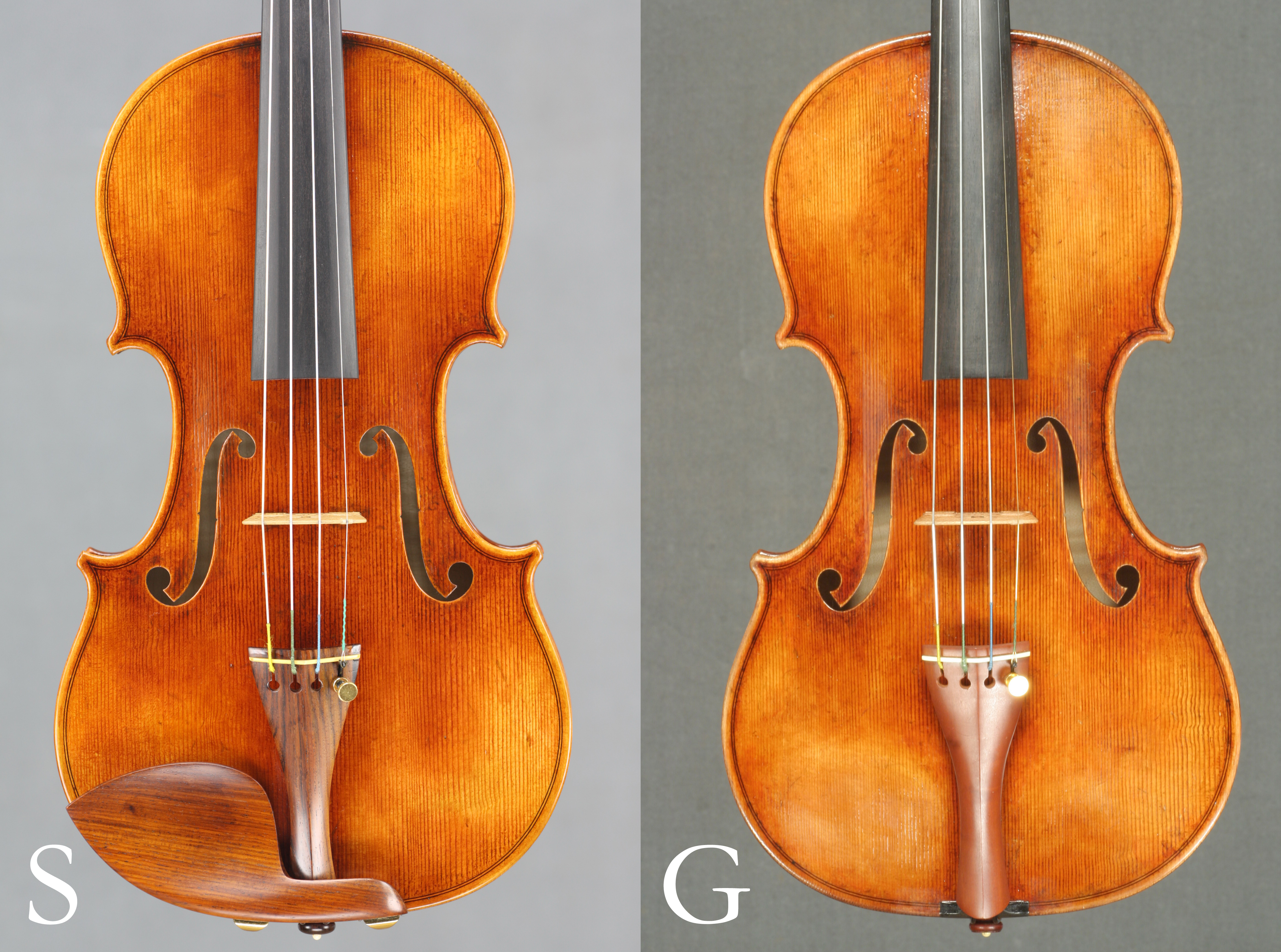 October 28, 2019
October 28, 2019 -
Left-Handed Violins Explained
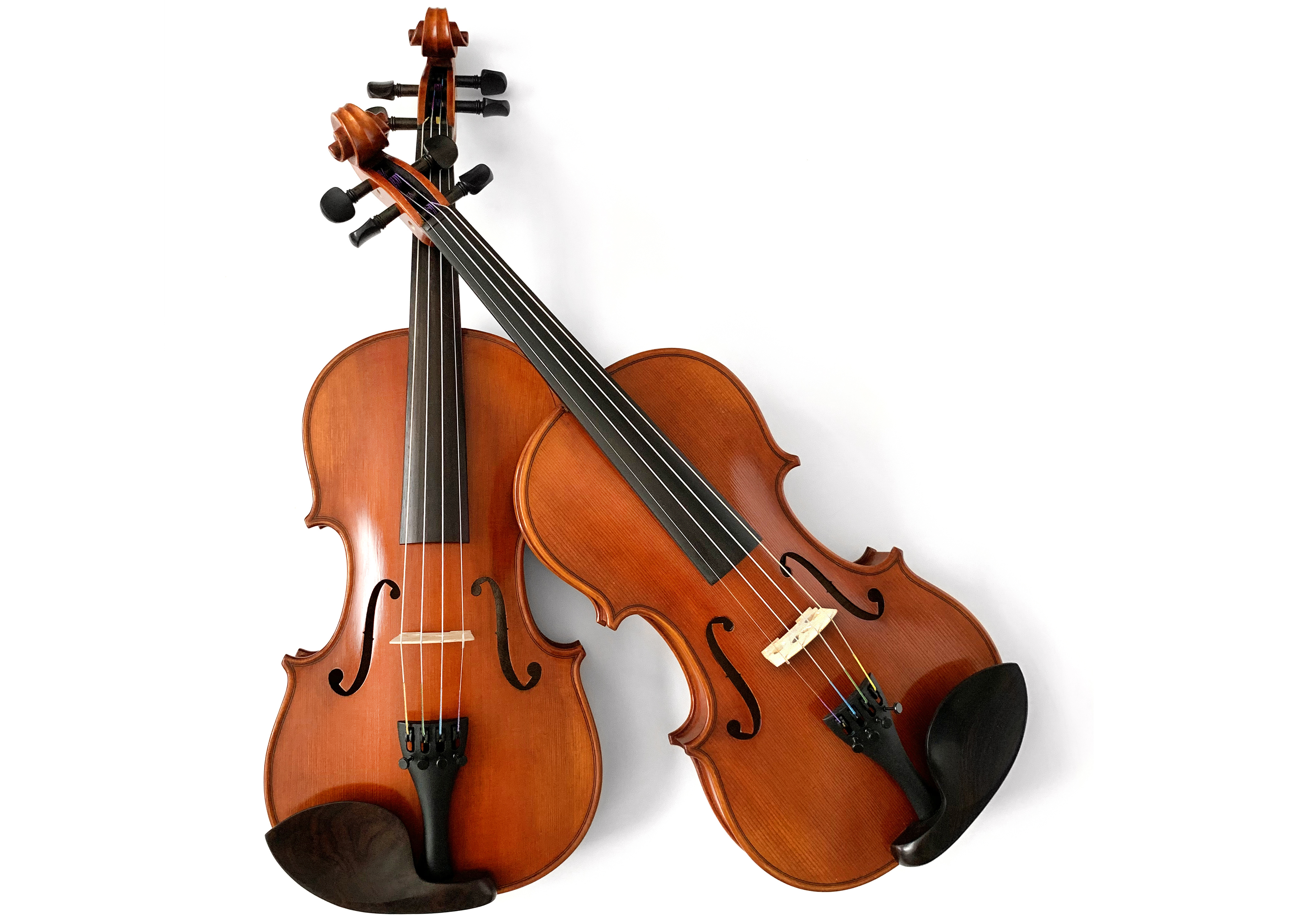 April 20, 2017
April 20, 2017 -
What's the difference between 1-piece and 2-piece backs?
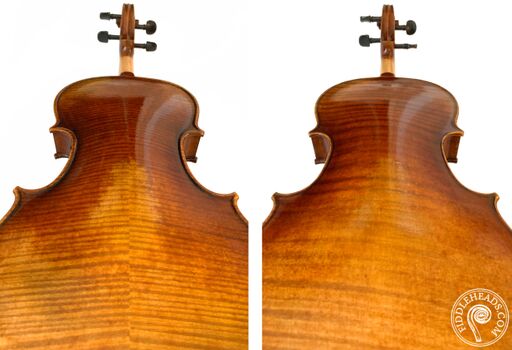 March 7, 2008
March 7, 2008 -
Psychological Analysis of Violin Student Personality Traits 101
 April 25, 2007
April 25, 2007 -
Breaking New Ground by Breaking-In a New Violin
 March 9, 2007
March 9, 2007 -
Viola Players Have the Last Laugh
 January 22, 2007
January 22, 2007 -
Busk or Bust
 July 9, 2006
July 9, 2006 -
Forrest Gump's Red Violin
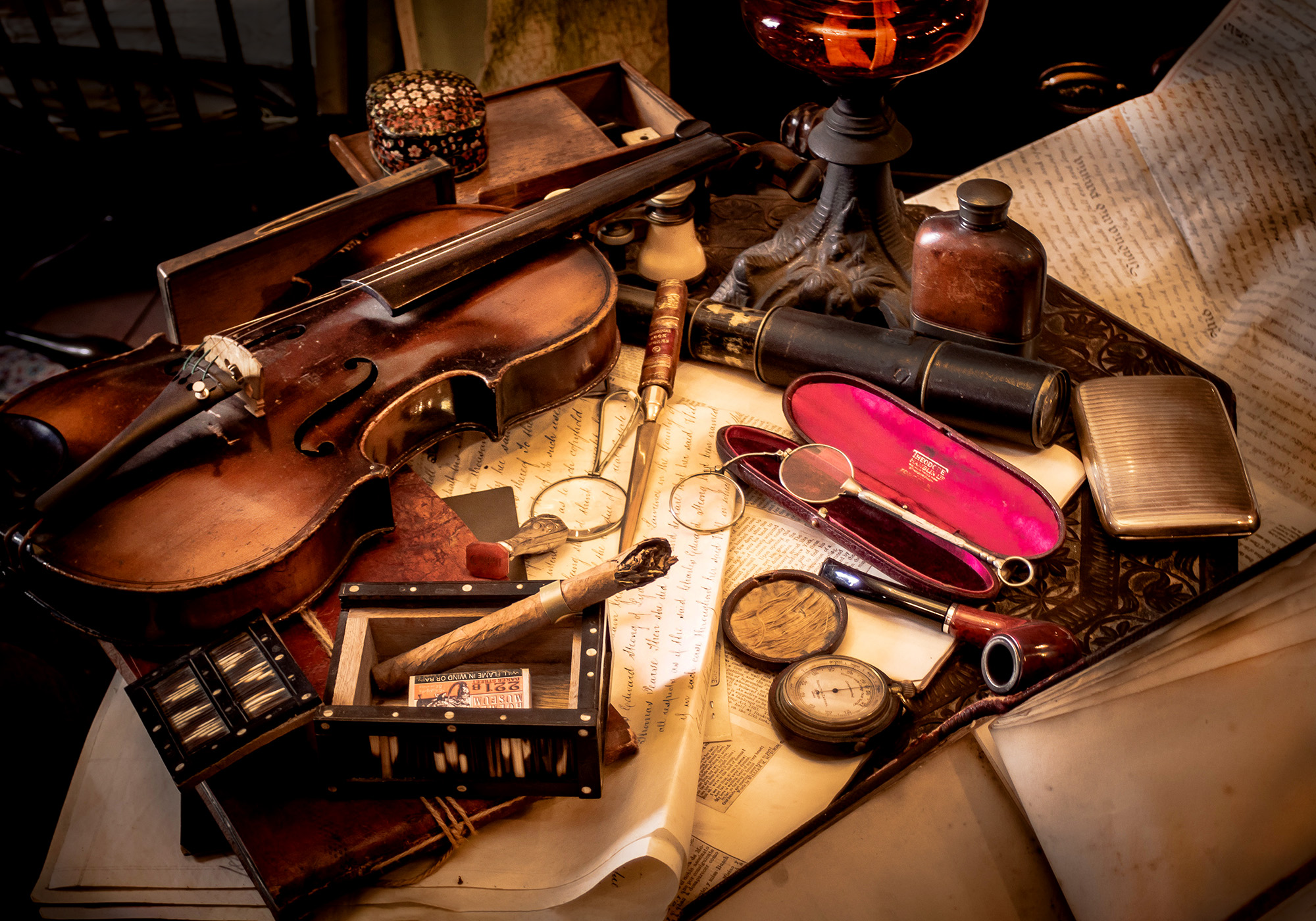 May 21, 2006
May 21, 2006 -
Dance of the Pawn Shop Swindlers
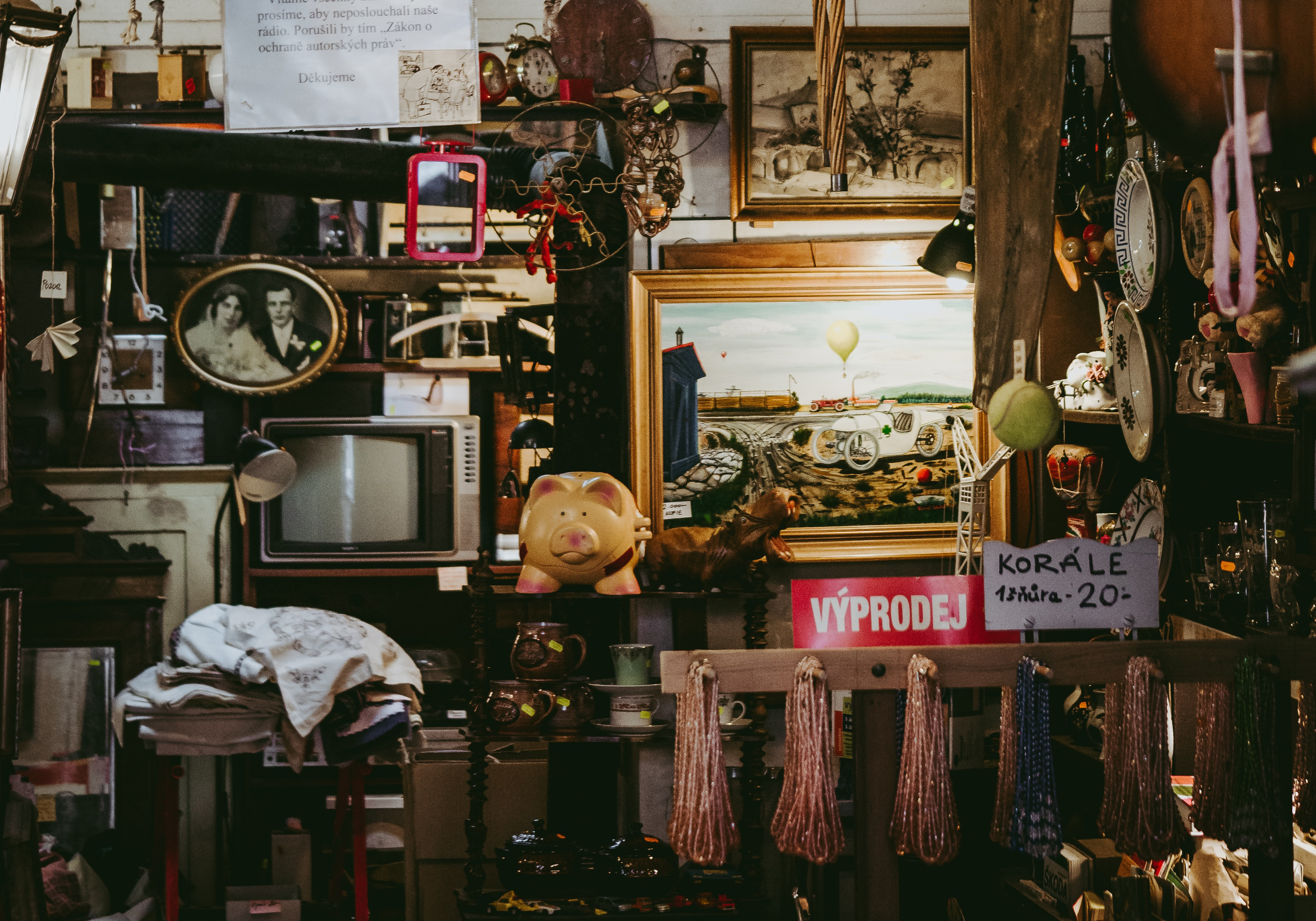 March 25, 2006
March 25, 2006 -
Violin or Fiddle? What's the Difference?
 March 5, 2002
March 5, 2002 -
Careful with That Axe, Eugene
 March 4, 2002
March 4, 2002
-
Rhiannon's Glossary of Violin Terms
 June 10, 2020
June 10, 2020 -
Photo Memory: Helix High School Orchestra 1995
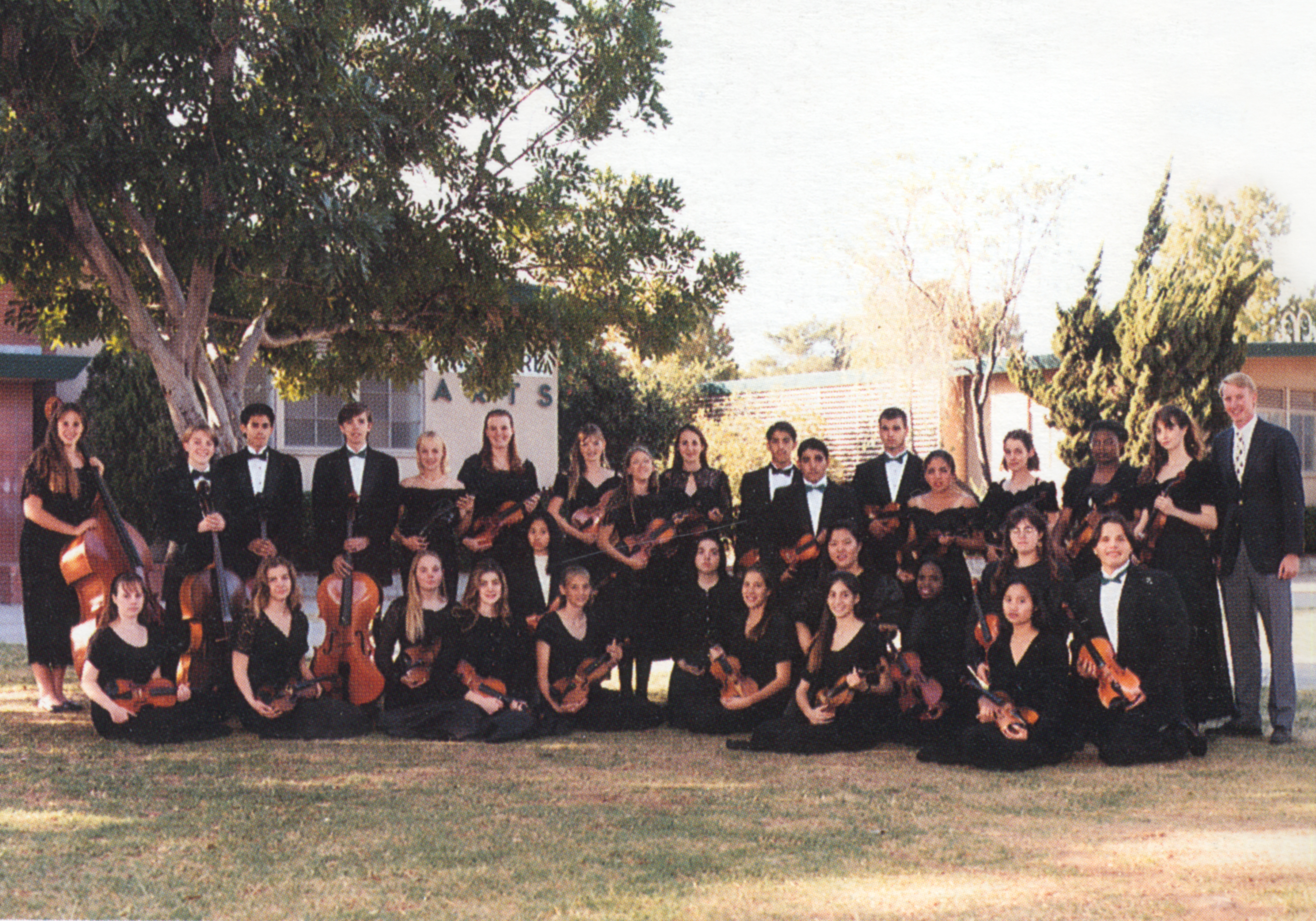 May 9, 2015
May 9, 2015 -
A Classical Christmas
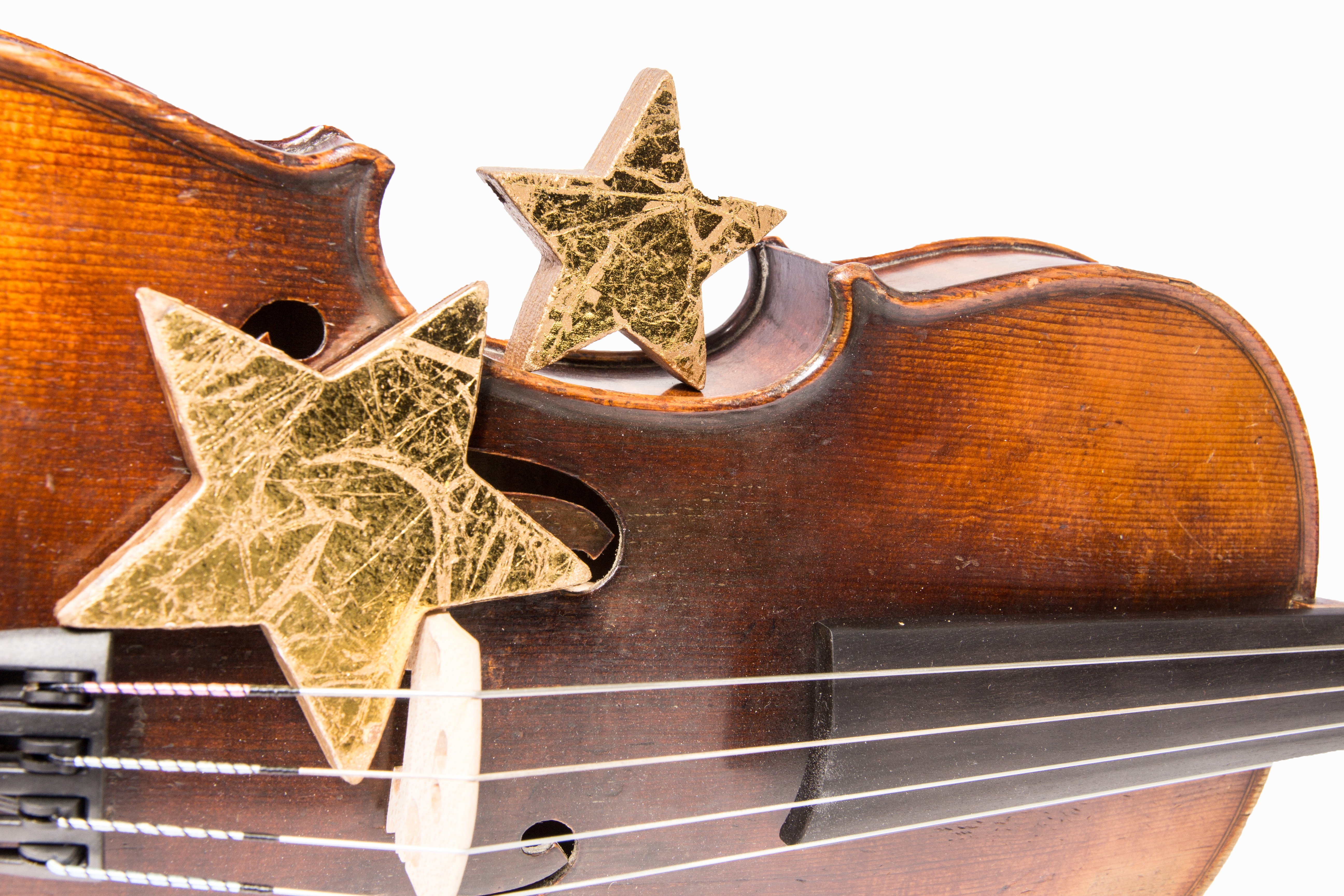 December 4, 2001
December 4, 2001 -
Can You Spot the Fiddle From the Violins?
 August 19, 2020
August 19, 2020 -
Christmas Carol or Christmas Song?
 November 17, 2007
November 17, 2007
